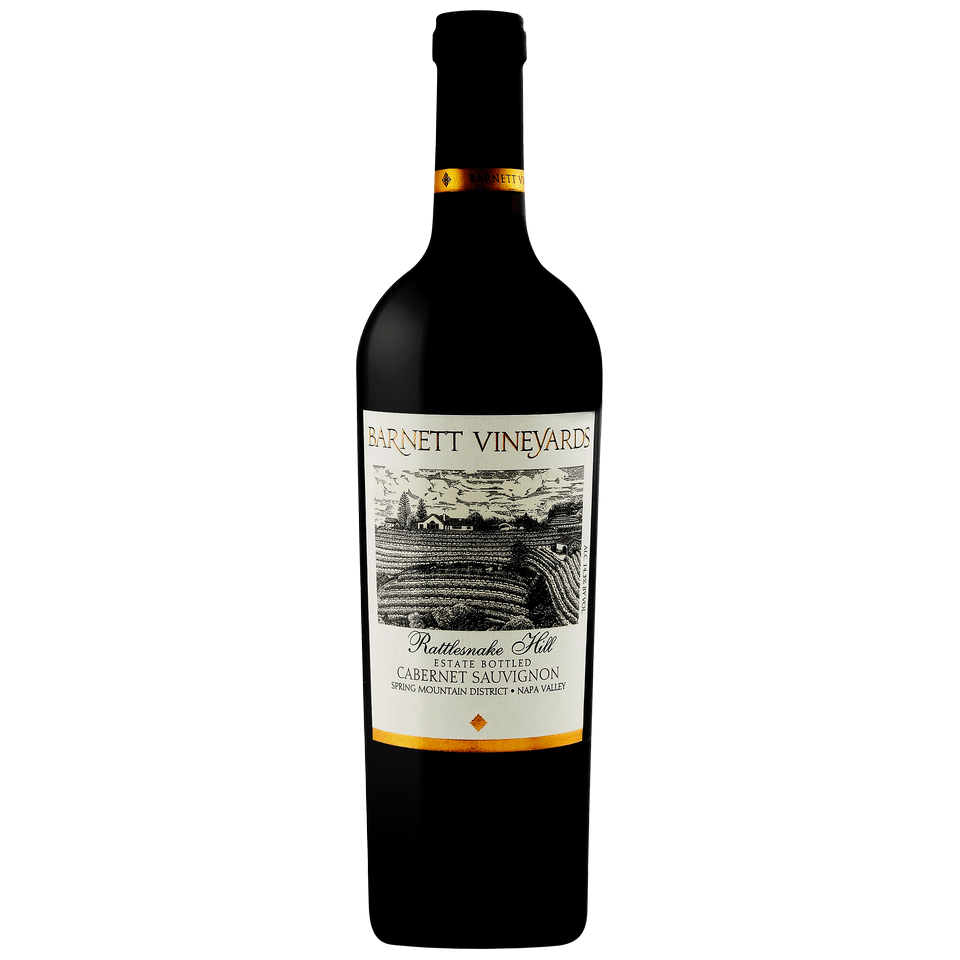Spring Mountain District, nestled in the Mayacamas Mountains, is a unique and storied wine region that exemplifies the diversity and richness of Napa Valley’s viticultural heritage. This article delves into the history, location, terroir, grape varieties, and the distinctive taste profile of wines from this American Viticultural Area (AVA).
The history of Spring Mountain District is as rich and varied as its wines. The region’s viticultural journey began in the 19th century, but it wasn’t until 1993 that it received its official AVA designation. Despite its relatively late recognition compared to other Napa Valley AVAs, Spring Mountain has steadily grown in prestige. The region’s vineyards, which were initially recognized for their exceptional red wines, have played a significant role in shaping the identity of Napa Valley wines on the global stage.
Situated on the western side of the Napa Valley in California, Spring Mountain District is a gem within the Mayacamas Mountains. The AVA covers about 8,600 acres, stretching south of Diamond Mountain District and Calistoga, with St Helena AVA located below in the valley. The mountainous terrain gives the region its distinctive character, with vineyards interspersed among the rugged hills and valleys.
The terroir of Spring Mountain District is defined by its soil and climate, crucial factors in the development of its unique wines. The soil is a mix of volcanic and sedimentary types, providing deep profiles for grapevine roots. This complex soil composition, combined with the region’s topography, creates an ideal environment for growing grapes with intense flavors.
Climatically, the area is influenced more by elevation than the Napa fog. Vineyards are typically situated between 1,300 and 2,000 feet above sea level, escaping the hotter air trapped in the valley while missing the cooling effects of the morning fog from San Pablo Bay. However, the region benefits from Pacific breezes, contributing to a homogenous climate that allows grapes to achieve full ripeness with a balance of acidity.
Spring Mountain District is renowned for its red wines, with Cabernet Sauvignon being the predominant variety. The area also grows an array of other grapes, including Merlot, Zinfandel, and Malbec. White wine production, though less prominent, features Chardonnay as the leading variety. Historically, Riesling was also a significant grape in the region, though its presence has diminished over time.
Wines from Spring Mountain District are celebrated for their nuanced and complex flavor profiles. The red wines, particularly those made from Cabernet Sauvignon, are known for their softer tannins compared to those from the valley floor, without compromising on the characteristic big fruit flavors of Napa wines. This unique balance is a direct result of the region’s terroir, where the stress on the vines from the rocky slopes results in smaller yields of intensely flavored grapes. Consequently, Spring Mountain wines are often rich, concentrated, and exhibit a remarkable depth of flavor.
In summary, the Spring Mountain District stands out as a distinctive and important wine region within Napa Valley. Its combination of history, unique location, diverse terroir, varied grape varieties, and the exceptional taste of its wines contribute to its growing reputation as a producer of world-class wines. This AVA embodies the quintessence of Napa Valley’s winemaking tradition, offering a unique and memorable experience for wine enthusiasts around the globe.







